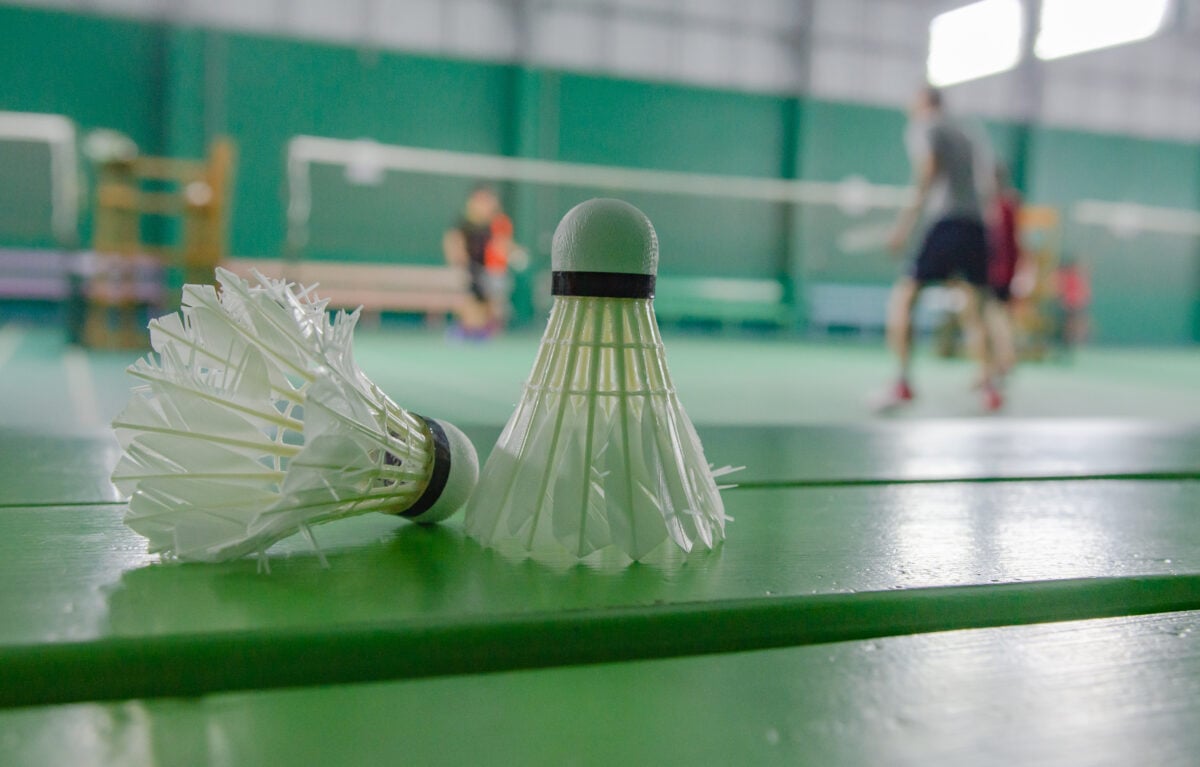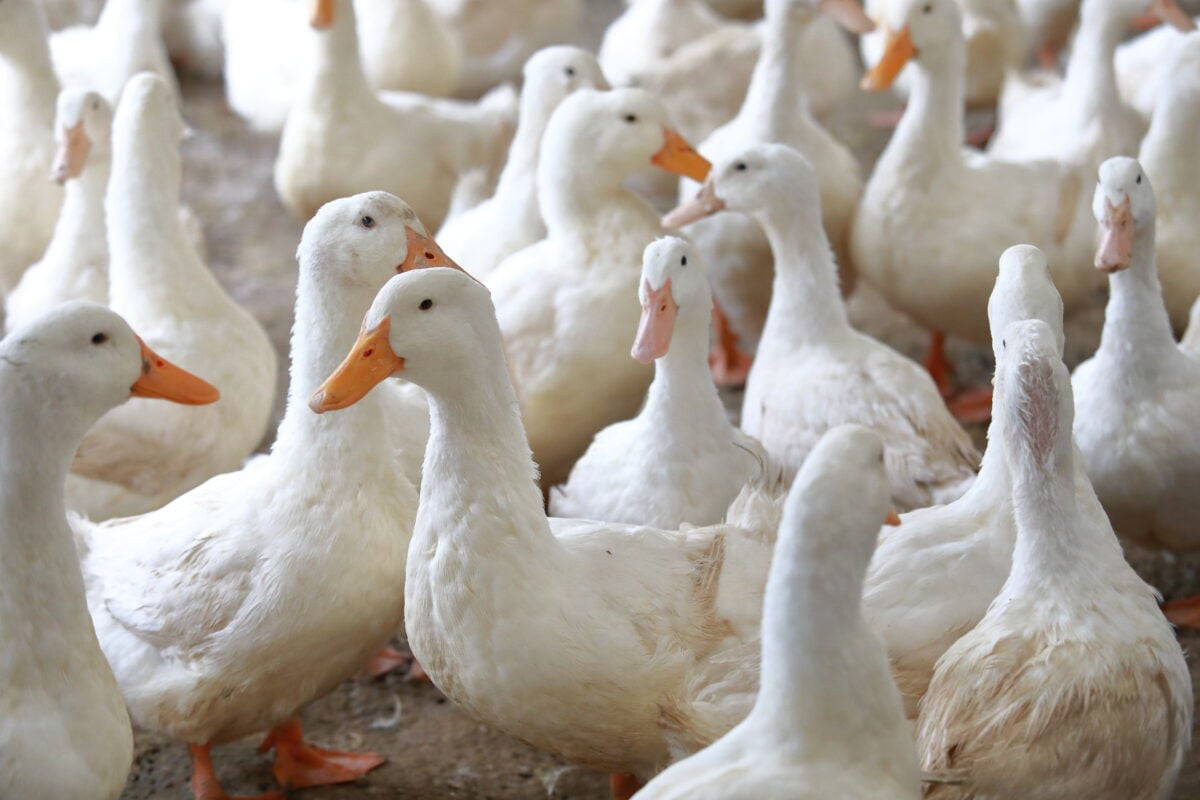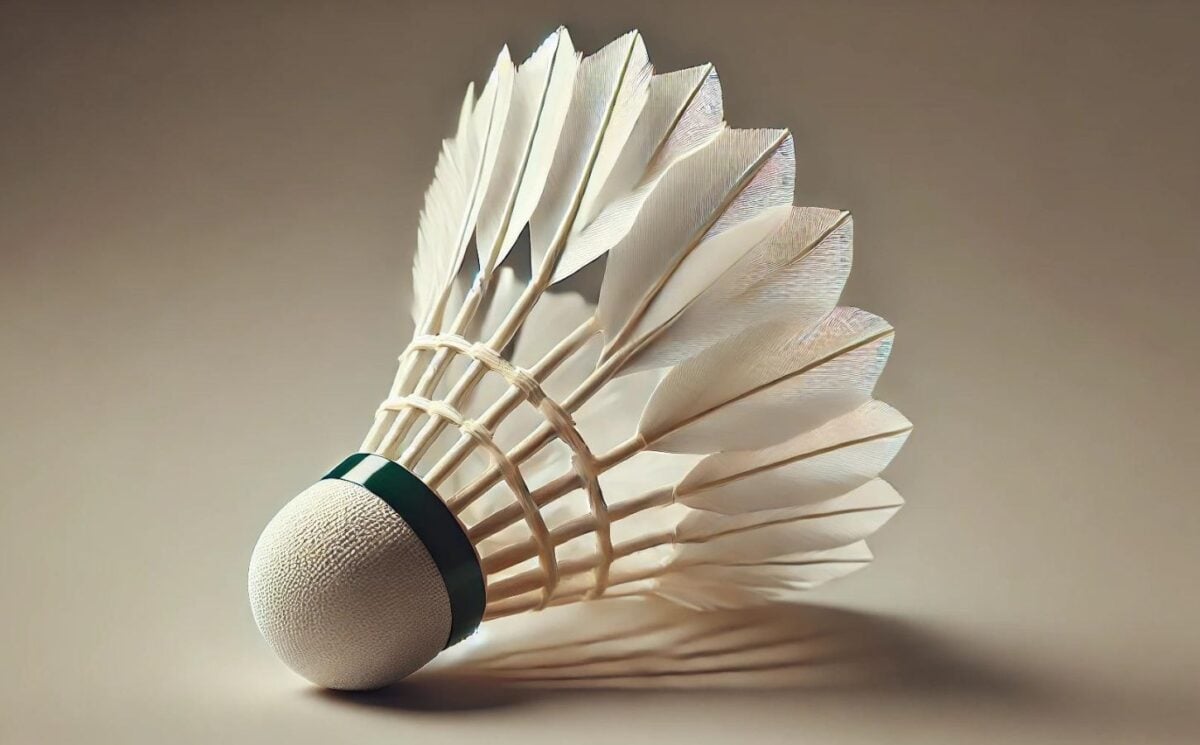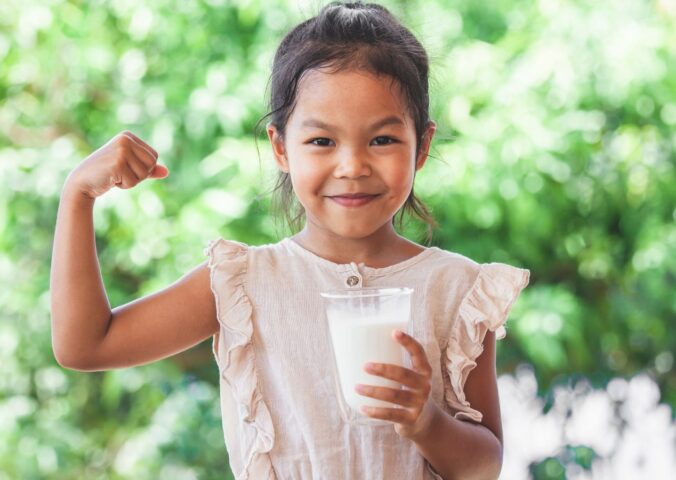Back in 2022, badminton player Sarah Wild was told by her coach that she’d reached a proficient level, and she was asked if she’d like to start competing in tournaments. Since being introduced to badminton a few years earlier at her local health club, Wild had been playing up to five hours a day of the sport. She says she felt “ready and honored” to be asked to play at the next level, and eagerly accepted.
Read more: Are Almonds Really Unethical? The Truth About Their Bad Rep
Up until then, Wild had been using plastic shuttlecocks to play. But she says that she was told she’d have to transition to feather versions to compete. Wild, who has been vegan for six years, told her coach that she wasn’t comfortable using an object that’s a product of animal exploitation. Soon after, she decided to leave the sport for good.
Wild started a campaign called “Duck Off Project,” which aims to remove feathers from the sport of badminton. “This has been very hard, but time and patience has been my silver lining,” she tells Plant Based News. “Helping me to speak up about the need of transitioning to eco-friendly shuttles, just like other sports have done.”
Feathers in badminton

Badminton is the most played racquet sport on the planet. An estimated 339 million people play at varying levels worldwide, and it also features at the Olympics.
It’s a fast-paced game that sees players hit a shuttlecock over a net with the objective of landing it in the opponent’s court without it being returned. Both singles and doubles can play. Badminton dates back thousands of years across various ancient civilizations. Even in the earliest stages of the game, it’s thought that real bird feathers were used to some degree. The modern badminton game as we know it developed in the mid-19th century, and the Badminton World Federation (BWF) was established in 1934. Real feathers have been used in official tournaments since then.
Each feather badminton shuttlecock is made from 16 overlapping feathers embedded around a cork base that also contains a thin layer of leather. Animal-based shuttlecocks are a single use item, as the feathers can become damaged during the game. In games, the shuttlecock is often replaced with a new one every two to four points. This means that a huge amount are used.
As part of her campaign, Wild has contacted a number of badminton clubs, all of which she says still mandate the use of feather shuttles.
Read more: The Grim Reality Of ‘Spaghetti Chicken’
What are the rules on feather shuttlecocks?
Before 2020, the Badminton World Federation (BWF) had not approved use of any synthetic shuttlecocks. That year, however, it announced plans to begin adoption of non-animal shuttlecocks “for long-term stability.” This made it possible for shuttlecock manufacturers to “seek approval” for their synthetic shuttlecocks to be used in competitions. It granted approval for a Yonex synthetic shuttlecock to be used in competitions from the year 2021.
The BWF states on its shuttlecock guidelines that they can be made from “natural and/or synthetic materials.” It adds that “the flight characteristics [of a synthetic shuttle] generally should be similar to those produced by a natural feathered shuttle with a cork base covered by a thin layer of leather.”
Clearly, synthetic shuttles are allowed in theory. And they are widely used at beginner level. But those made with feathers continue to feature in games at professional and top levels of the sport. Feather shuttlecocks have been historically favored due to the fact that they fly in a particular way that makes them preferable to synthetics. According to Badminton HQ: “The feathers’ ability to create a steady air resistance enables players to execute delicate drops and powerful smashes with ease, adding an extra layer of excitement to the game.”
When announcing the synthetic shuttlecock approval, the BWF did state that it expects there will be “an implementation period of a number of years before the synthetic feather shuttlecock will be more widely used as the production capacity and general availability of new synthetic products will slowly increase to cover the expected demand.”
Plant Based News (PBN) contacted the BWF to ask if they had any plans to move away from shuttlecocks in the near future, or if they had a response to the Duck Off Project. At the time of writing, we have not received a reply.
The problem with feathers

Goose and duck feathers are widely used in furniture, clothes, and accessories all over the world. The feather and down industry (the latter term referring to the fluffier feathers located close to a bird’s chest) was valued at USD $7.5 million in 2023, and it’s been forecast to grow to $16.1 million by 2033.
Many people believe that veganism is just a diet people follow, but it’s actually a movement against animal exploitation. Those following a vegan lifestyle abstain from wearing wool, fur, leather, and avoid buying and consuming products that contain animal products or are tested on animals. In essence, vegans try to minimize their contribution to animal suffering as much as possible. Using products containing feathers, therefore, is generally regarded as incompatible with veganism.
It’s not known exactly where badminton shuttlecock feathers are sourced from, but there’s no doubt that they are a product of animal exploitation. They will almost always come from farms that raise geese or ducks for slaughter. Some feathers are considered “byproducts” of the meat industry, and are taken from the birds after they’ve been slaughtered for meat. The use of the term “byproduct” for a product that is still lucrative in its own right – as a feather is – is arguably dubious, and feathers may therefore be considered as “coproducts.”
Birds used in the feather industry also routinely have their feathers plucked from their wings while they’re still alive. This is widely believed to be an agonizing process for them. According to Wild, only four feathers from each wing are suitable for badminton shuttlecocks. This means that a total of four birds may be used for each one to make up the 16 total feathers.
Yvonne Taylor, the Vice President of Corporate Project at animal rights group PETA, tells PBN that moving away from using real fathers in badminton is “long overdue.”
“There’s nothing sporting about ripping out a bird’s plumage, whether they’re plucked while they’re still alive – which happens – or after they’ve been slaughtered, because feathers are not fabric and they are not ours to take.”
PETA has conducted a number of exposés into the feather industry that show that “birds are exploited, corners are cut, and abuse is rampant.”
“Geese and ducks are often specifically reared for their primary flight feathers,” Taylor adds. “PETA urges badminton players to always choose compassion over cruelty by opting for readily available synthetic shuttlecocks.”
A future of badminton without feathers
The Duck Off Project is aiming to encourage both the BWF and Olympics to transition to synthetic shuttlecocks. Wild wants cruelty-free options introduced in tournaments immediately, and for feather versions to be completely phased out by the 2026 Olympics.
“The aim of this campaign is to protect the birds, get transparency, have BWF agree on updating the shuttlecock to a Vegan, Repairable, Reusable & Recyclable one for the future game of Badminton,” says Wild. “Bringing an equal alternative so everyone can be included.”
Read more: Is Toothpaste Vegan? The Animal Ingredients You Might Be Putting In Your Mouth






